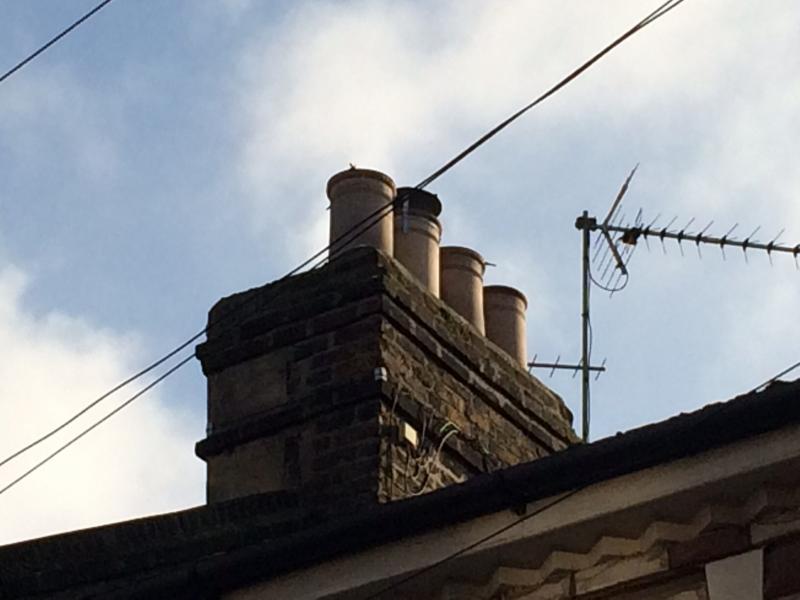Hi I got my gas supply cut off my a professional and then boxed in the sky box etc last year
My chimney was swept and capped off at the top a few years before
My question is do I need a bottom vent too? And if so where?
I haven't noticed anyyhing but it's only been 1 year and I want to ensure the chimney can "breathe" as they say
Pls can you help
 [/img]
[/img]
My chimney was swept and capped off at the top a few years before
My question is do I need a bottom vent too? And if so where?
I haven't noticed anyyhing but it's only been 1 year and I want to ensure the chimney can "breathe" as they say
Pls can you help
 [/img]
[/img]

